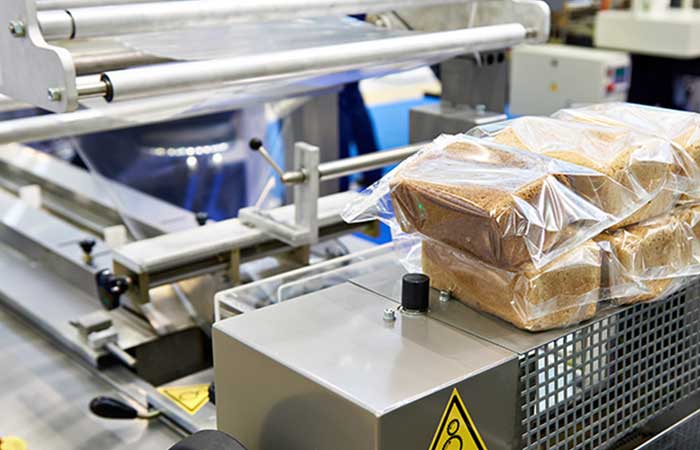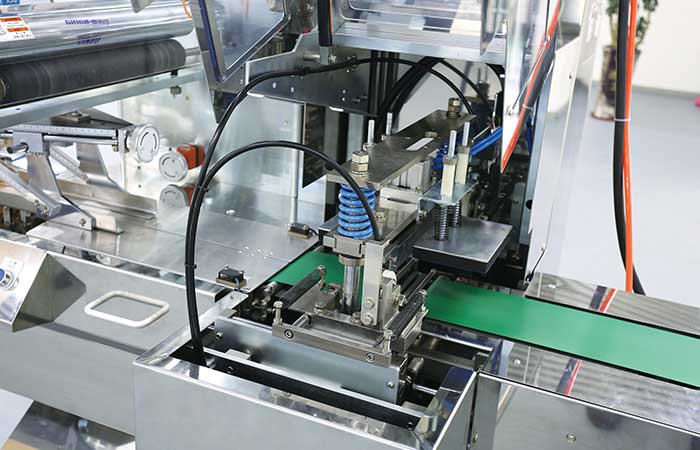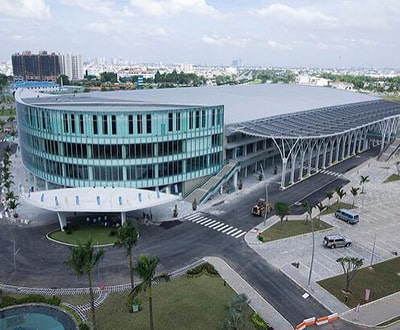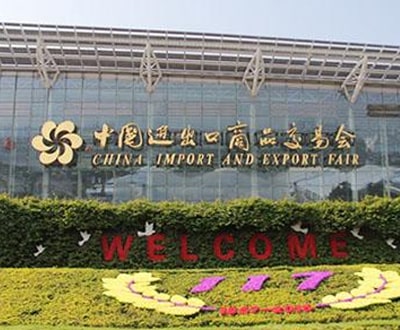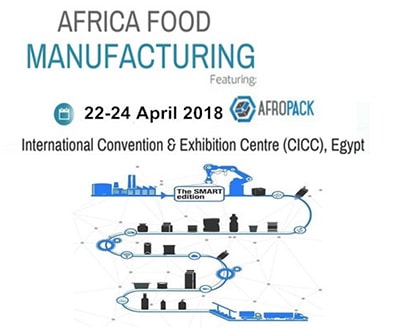Revolutionizing Food Packaging: The Rise of Automated Systems
The Future of Food Packaging: Embracing Automation
In today’s fast-paced world, efficiency and convenience are key. When it comes to the food industry, packaging plays a crucial role in maintaining product quality and safety. The traditional method of manual food packaging is not only time-consuming but also prone to errors. This is where automated food packaging systems come into play, revolutionizing the way we pack and distribute food.
Automated food packaging systems use cutting-edge technology to streamline the packaging process, ensuring consistency and precision. These systems can handle a variety of food products, from snacks to ready-to-eat meals, with ease and efficiency. By incorporating robotics and artificial intelligence, these systems can significantly increase production rates while minimizing waste.
One of the key benefits of automated food packaging systems is their ability to enhance food safety. By reducing human contact with the food products, the risk of contamination is greatly reduced. These systems are designed to meet strict hygiene standards, ensuring that the food remains fresh and safe for consumption.
Another advantage of automated food packaging systems is their adaptability. These systems can be customized to meet the specific needs of different food products, allowing for flexible and efficient packaging solutions. From vacuum sealing to portion control, these systems offer a wide range of packaging options to suit various food items.
The Impact of Automated Food Packaging Systems
The implementation of automated food packaging systems has far-reaching effects on the food industry. Not only do these systems improve efficiency and product quality, but they also have environmental benefits. By minimizing waste and optimizing packaging materials, automated systems contribute to a more sustainable food packaging process.
Furthermore, automated food packaging systems have the potential to reshape the way we think about food distribution. With the ability to package food quickly and accurately, these systems can help reduce supply chain delays and ensure timely delivery of fresh products to consumers.
Challenges and Opportunities
Despite the many advantages of automated food packaging systems, there are also challenges that need to be addressed. The initial investment cost of implementing these systems can be high, deterring some food manufacturers from adopting this technology. Additionally, the complexity of these systems may require specialized training for operators.
However, the opportunities presented by automated food packaging systems far outweigh the challenges. As technology continues to advance, these systems will become more affordable and user-friendly, making them accessible to a wider range of food producers. With the potential for increased efficiency and reduced waste, automated food packaging systems are poised to revolutionize the way we package and distribute food.
-
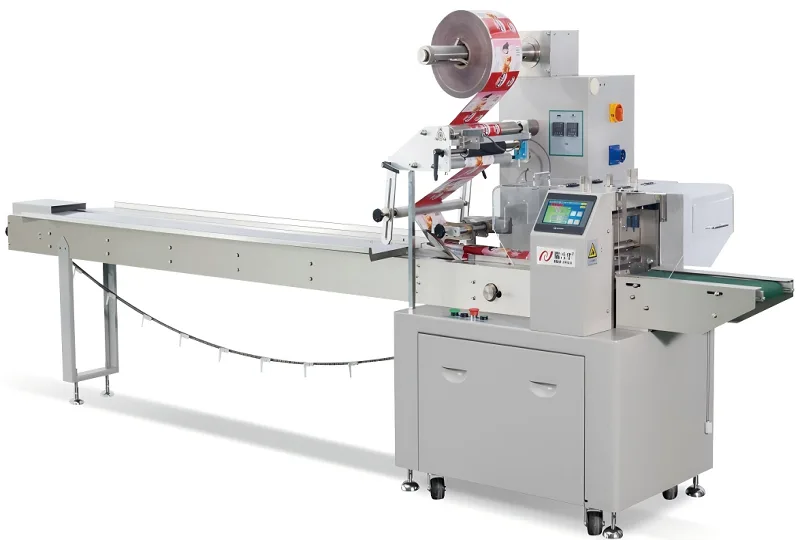 01
01Automatic Tray Loading and Packaging Equipment: Boost Efficiency to 160 Bags/Minute
21-11-2025 -
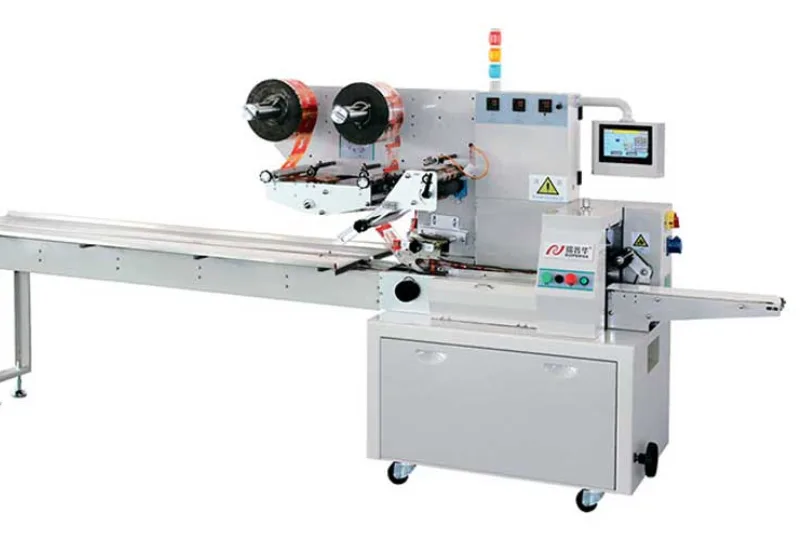 02
02Automatic Soap Packaging Machine: Boost Productivity with 99% Qualification Rate
21-11-2025 -
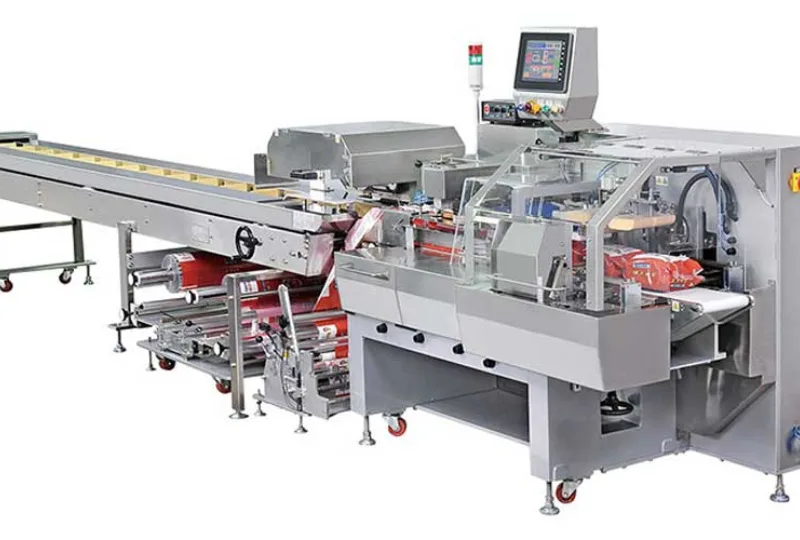 03
03A Deep Dive into Automatic Toast Processing and Packaging System
18-11-2025 -
 04
04The Future of Bakery Production: Automated Toast Processing and Packaging System
18-11-2025 -
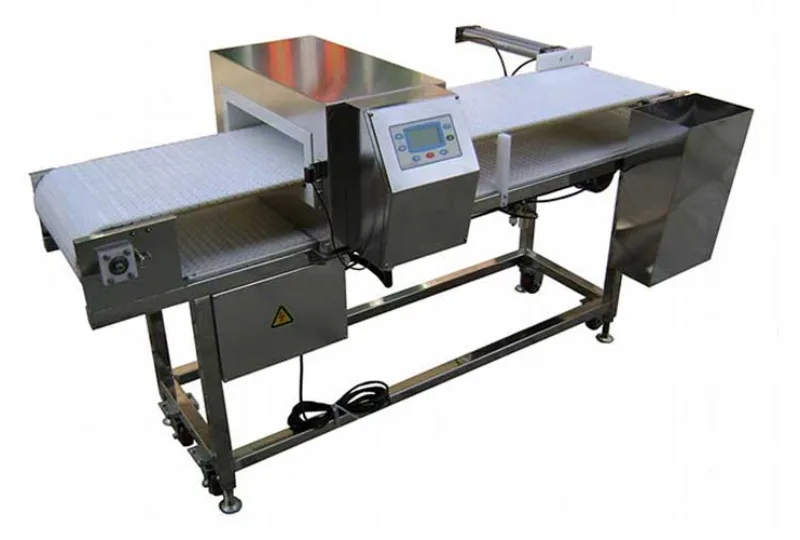 05
05Reliable Food Packaging Solutions with China Bread, Candy, and Biscuit Machines
11-10-2025 -
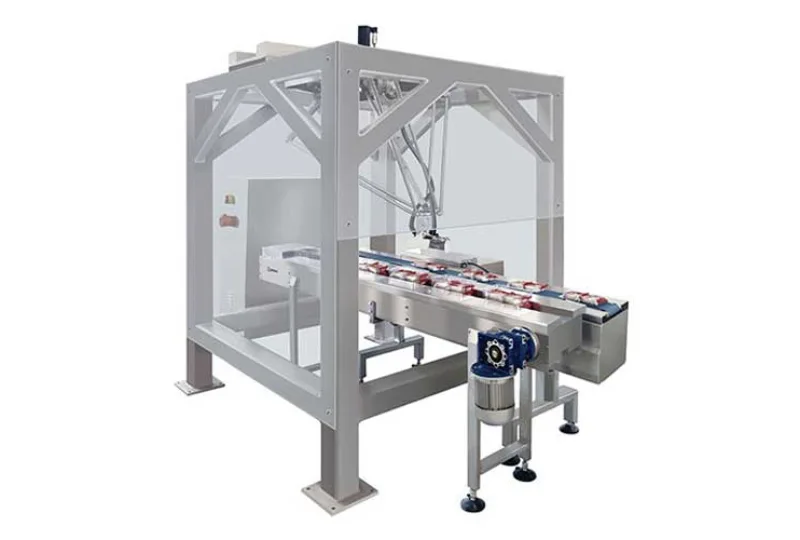 06
06High-Performance Automated Food Packaging Equipment for Modern Production
11-10-2025 -
 07
07Reliable Pillow Packing Machines for Efficient Packaging Operations
11-10-2025 -
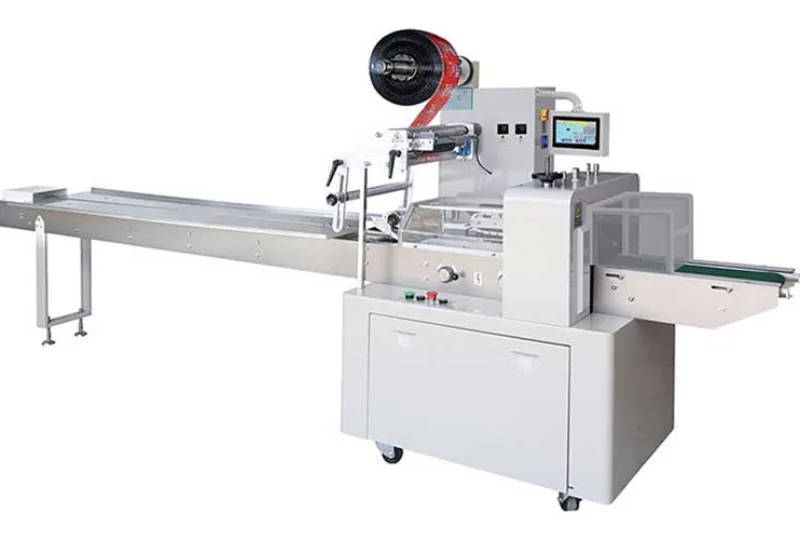 08
08Advanced Fully Automatic Packaging Solutions for Efficient Production
11-10-2025 -
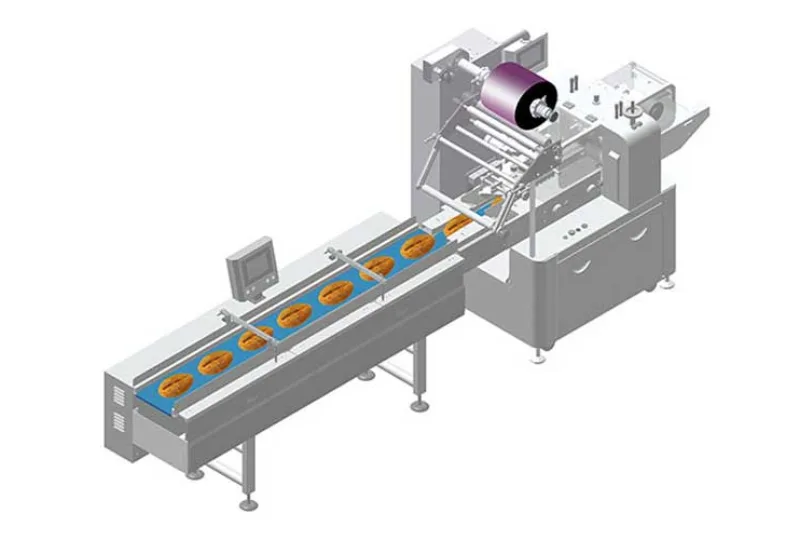 09
09Efficient Automatic Food Packaging Solutions for Modern Production
11-10-2025 -
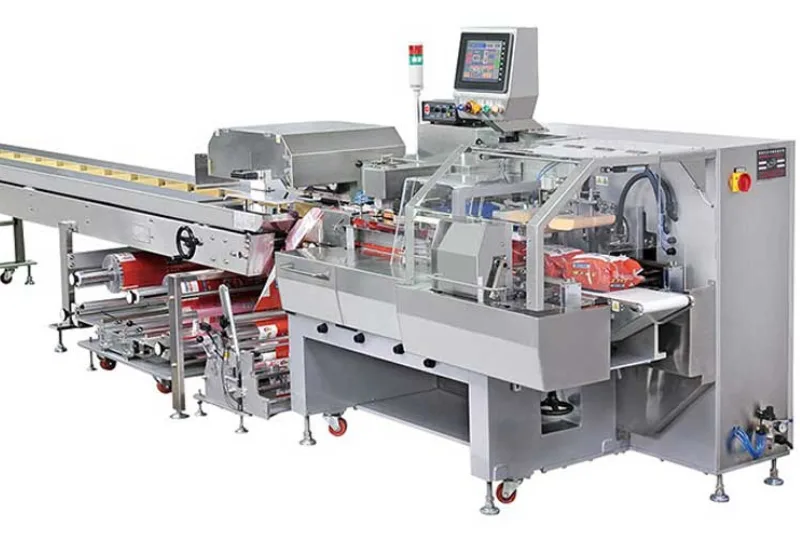 10
10Advanced Automatic Packaging Equipment for Efficient Production
11-10-2025



